Five poignant remembrance places to remember the victims of the Shoah during the Second World War.
Between 1941 and 1945, some 6 million Jews were killed by the Nazi regime and its collaborators. Adopted since 2005, the day of January 27 was dedicated to the memory of genocide and the prevention of crimes against humanity. This day was named International Day of Holocaust Remembrance a symbolic date as it corresponds to the anniversary of the liberation of the Auschwitz-Birkenau camp .
More than 70 years later, there are few survivors of the Holocaust (or the “ Shoah”), and the importance of this day is only reinforced because the atrocities perpetrated during the Second World War will never be forgotten. There are commemorative monuments, museums and tributes dedicated to the victims of the Holocaust all over the world. All of them are important, but today we have selected the 5 most important monuments to remember these terrible events.
Travel must be fun and inspiring, but it’s also a way to learn. And there are few better ways to learn about life and humanity, than to remember one of its darkest moments in history.
Auschwitz, Krakow (Poland)
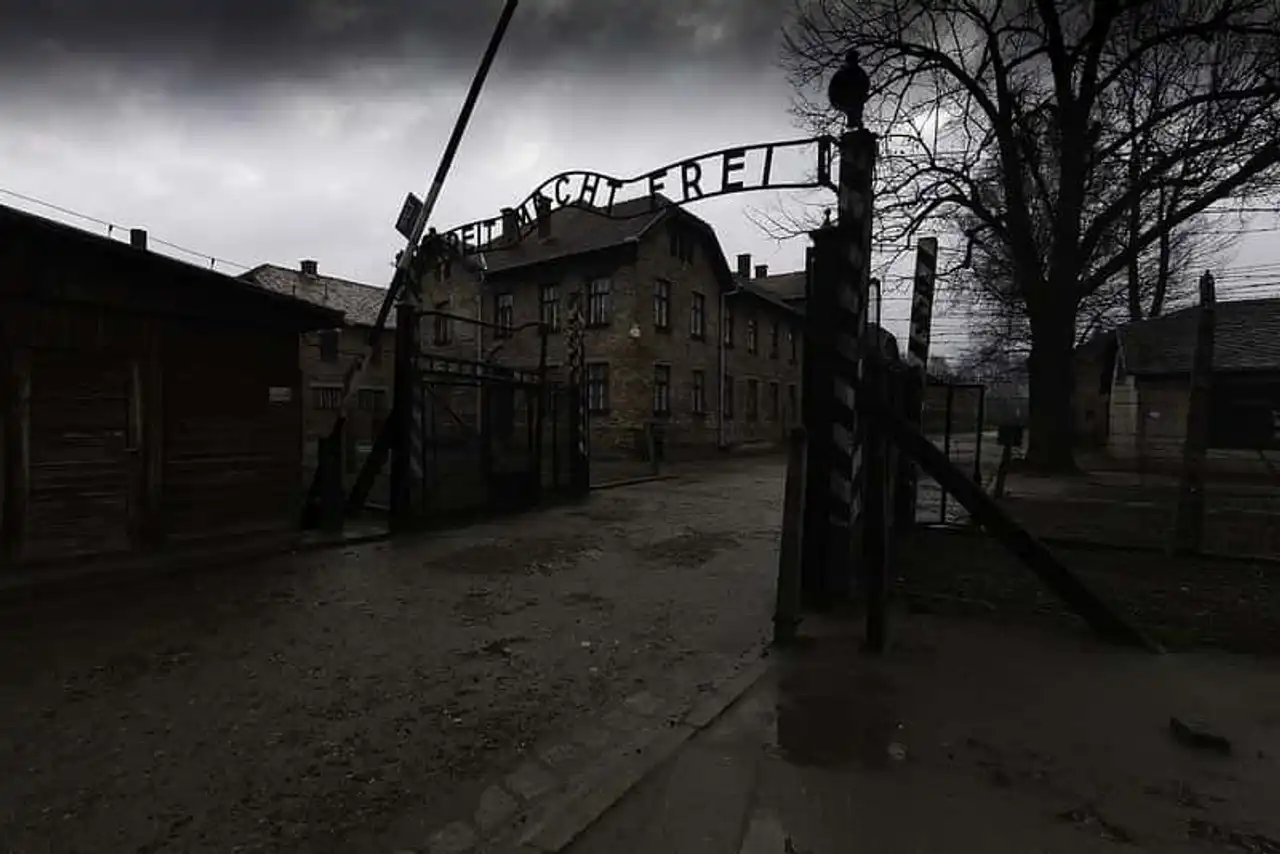
Photo credit: Flickr – Rodrigo Paredes
Most concentration camps in Europe have been converted to museums or memorials, but Auschwitz-Birkenau remains the best known. Between 1941 and 1944, he formed a large group of camps where a scary 1.1 million prisoners were killed. It is the liberation of Auschwitz by the Soviets on January 27, 1945 that commemorates the Holocaust Remembrance Day.
Today, Auschwitz is one of the most visited places of memory of the Holocaust, and much of the complex remains remarkably intact. The railways that brought the prisoners to the camp are still in place, and the famous sign « Arbeit macht frei » (“work makes it free”) is still in place, although the one exposed at the entrance of the camp is a replica following the flight and damage of the original. A trip to Auschwitz near Krakow is a tearing experience, but there are no other places that “speak” also effectively the Holocaust.
Auschwitz, Oświęcim, Poland
The Anne Frank House in Amsterdam (Netherlands)
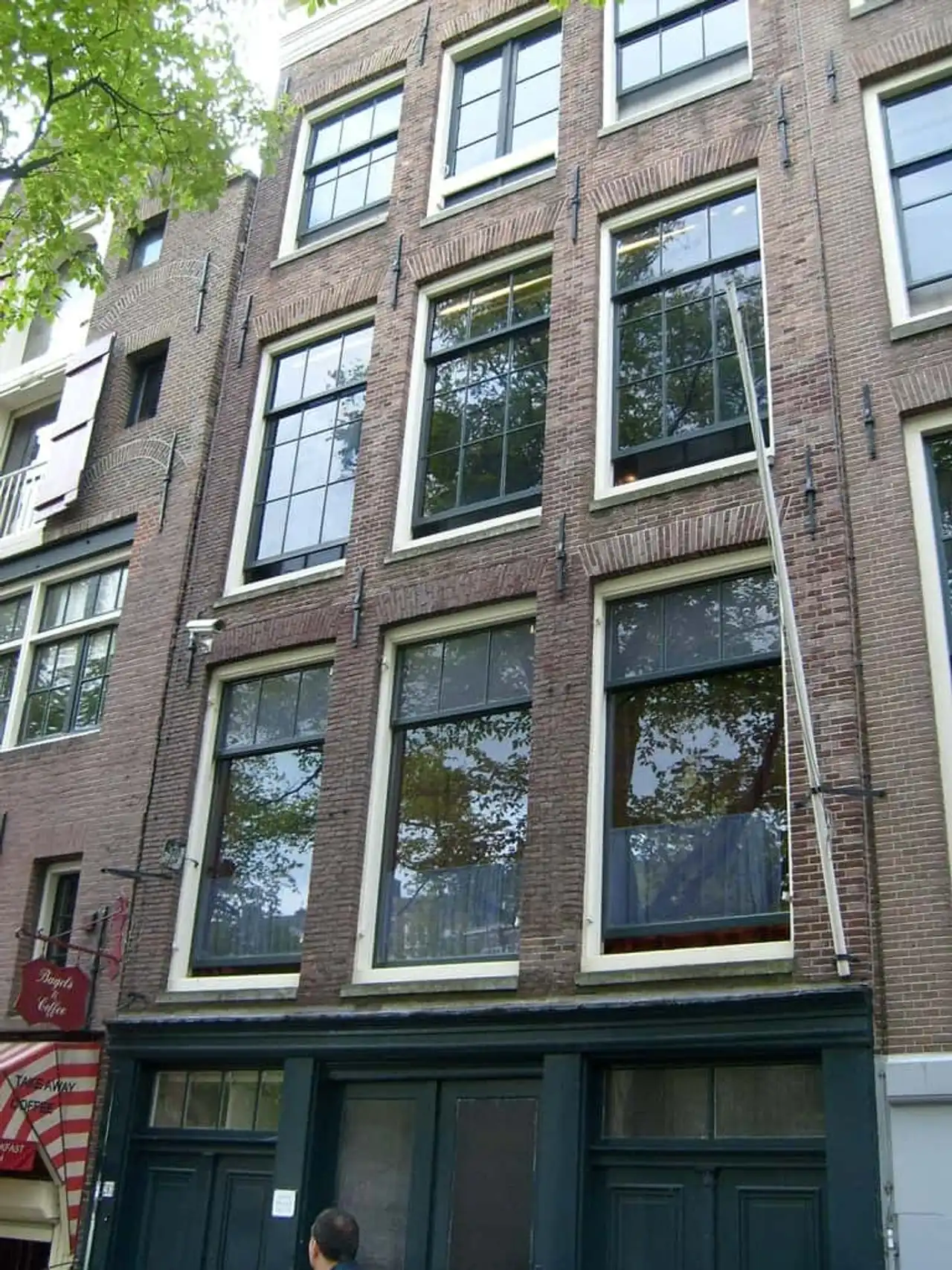
Photo credit: Flickr – karmacamilleeon
Located in the center of Amsterdam , this historic house is the place where Anne Frank , a Jewish girl, hid with her family and four friends to avoid falling into Nazi hands. During this time she held an intimate newspaper, which became the par excellence reading on Nazi Germany and the Holocaust, lent a human face to an atrocity sometimes too great to be understood correctly. Tragically, after two years in this shelter, the group is betrayed and deported to the Nazi extermination camps.
Today, the hiding place in the house has been preserved, while the rest of the building forms a museum that is both a memorial and a celebration of Anne Frank’s life. It is one of the most visited museums in the Netherlands, and its popularity has only developed after being seen in a key stage of John Green’s novel, Our opposite stars (2012), adapted later to cinema.
House Anne Frank, Prinsengracht 263-267, 1016 GV Amsterdam, Netherlands
Yad Vashem Memorial in Jerusalem (Israel)
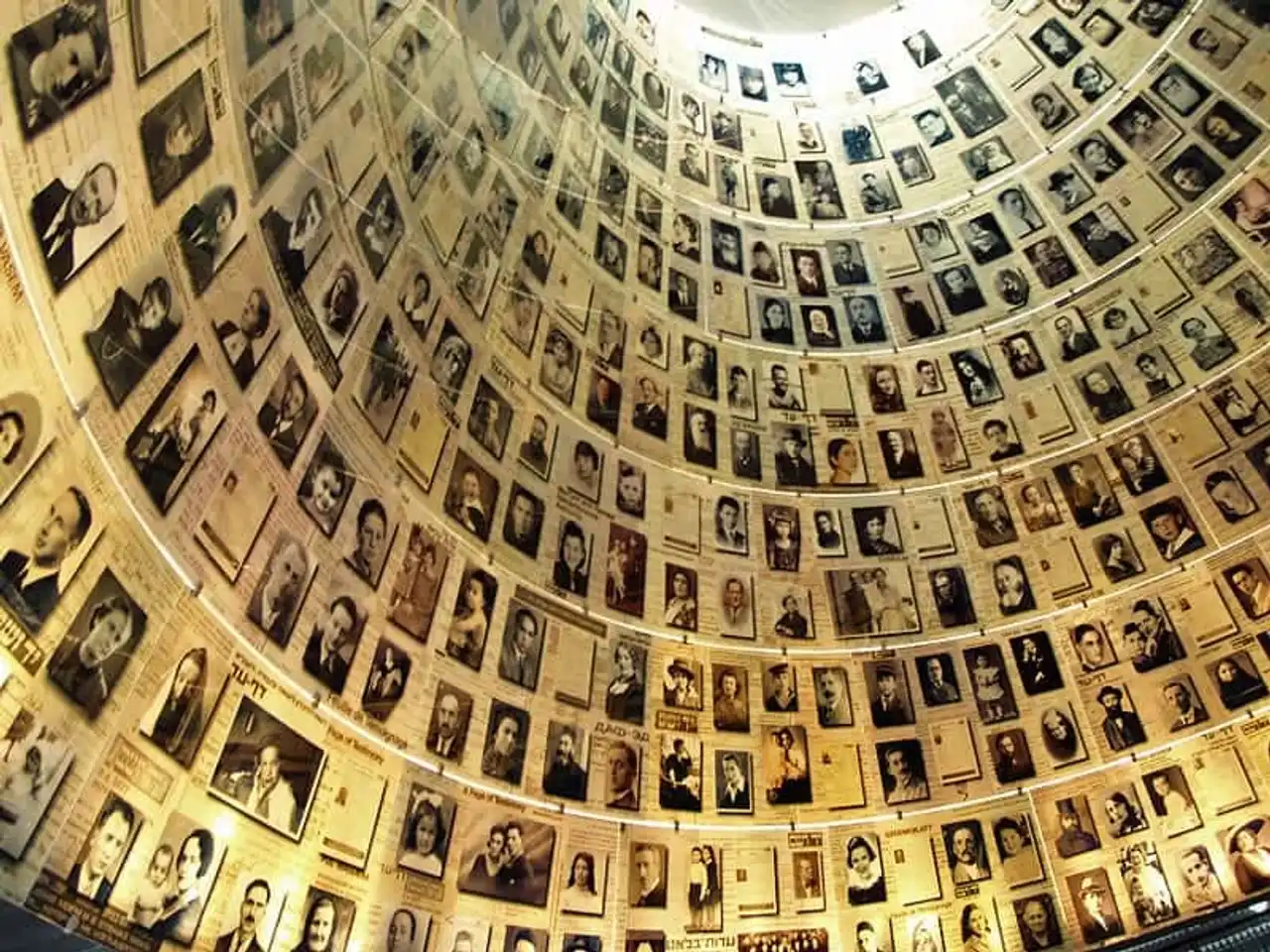
Photo credit: Wikimedia – David Shankbone
Israel is a Jewish country, and Holocaust scars are still deep there to date. Yad Vashem is a vast complex dedicated to the memory of the Holocaust. It includes the Holocaust History Museum, probably the best in the world on this subject, a gallery of art of the Holocaust, a synagogue, several memorials, and many other things. The most striking is perhaps the Hall of Names, a dome-shaped room decorated with photographs of victims of the Holocaust and fragments of the testimony sheets .
Importantly, Yad Vashem also honors non-Jews who risked and lost their lives to save the Jews during the Holocaust. Although this site has become a massive tourist attraction, there is no less torn and beautiful at the same time.
Yad Vashem Memorial, P.O.B. 3477, Jerusalem 9103401 Israel
Memorial to the murdered Jews of Europe, Berlin (Germany)
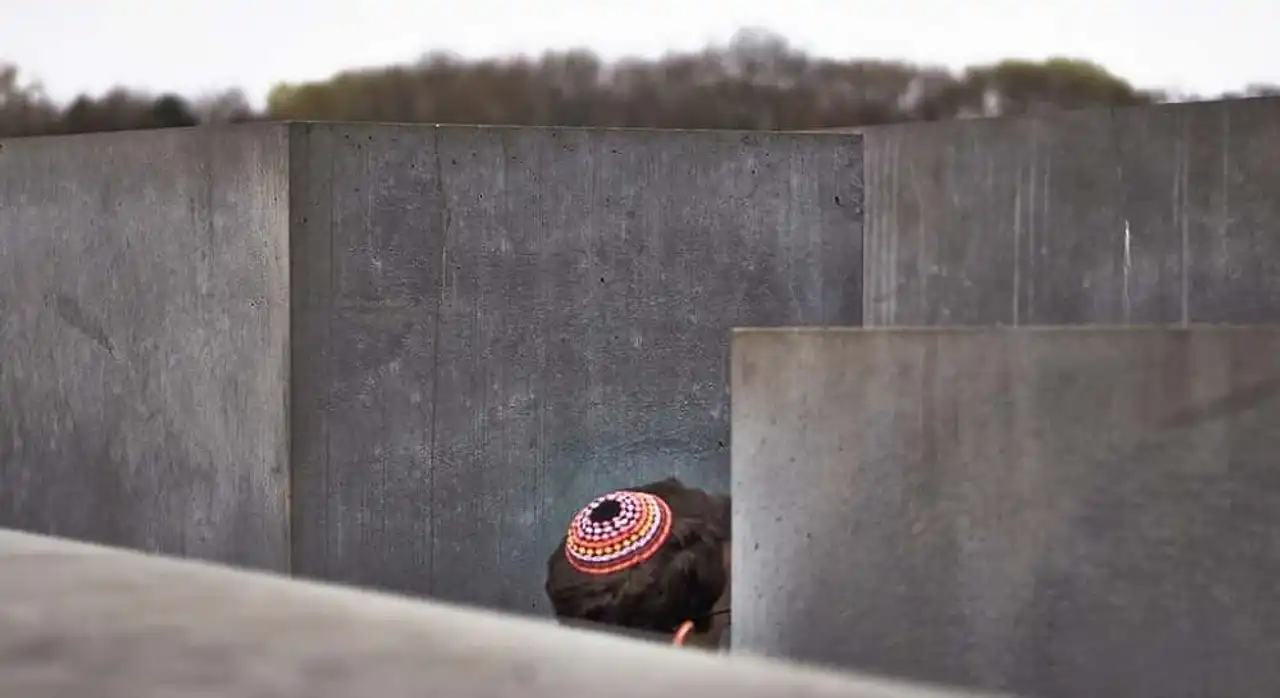
Photo credit: Flickr – mini malist
Berlin , the capital of the Nazi empire at the time, is a particularly poignant destination to remember the Holocaust. It is a site of 19.000 square meters occupied by 2711 concrete plates arranged in a grid. They vary in size, some are not higher than your ankle, others dramatically profiled above your head.
There is a deliberate lack of information on the site: no names of victims or authors are present, no names of places where people were killed, no counts of the dead. This has attracted some criticism, but the result is a memorial that allows visitors to realize the terrible magnitude of the Shoah, at least symbolically.
Memorial to the murdered Jews of Europe, Cora-Berliner-Straße 1, 10117 Berlin, Germany
Shoes on the Danube in Budapest (Hungary)
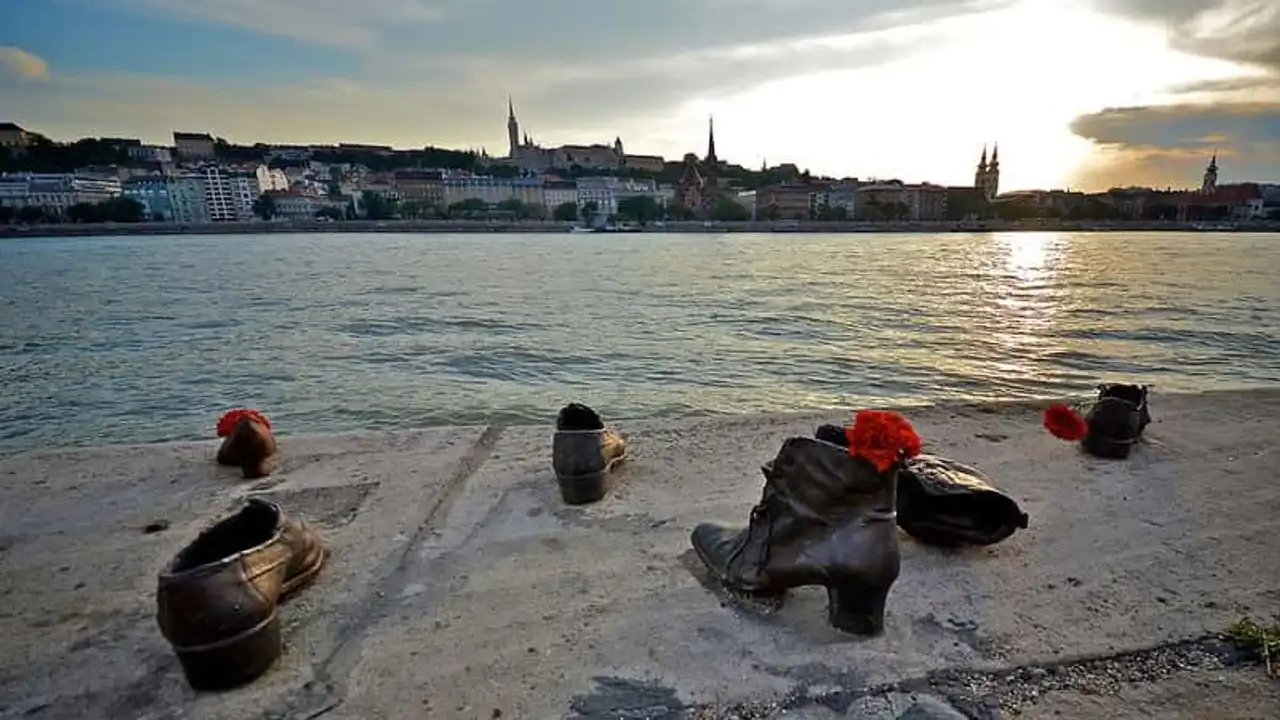
Photo credit: Flickr – brent flanders
During the Second World War, the Jews of Budapest were arrested by fascist militiamen of the Party of the Cross, which was lined along the Danube. When they were shot their bodies fell into the water and were taken by the current.
This sober memorial allows to remember these victims by representing their shoes left on the shore. 60 pairs of shoes are fixed to the stone dam , where today the premises and tourists come to sit and look at the water in which the bodies drifted away. This memorial ensures that they are never forgotten.
Shoe Memorial on the Danube, Id. Antall József rkp., 1054 Budapest, Hungary







Loading comments ...